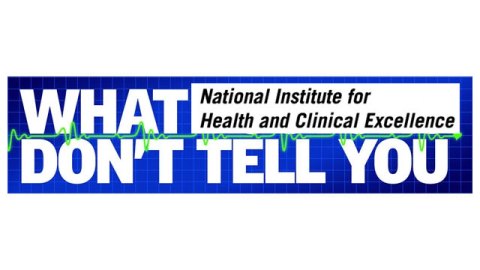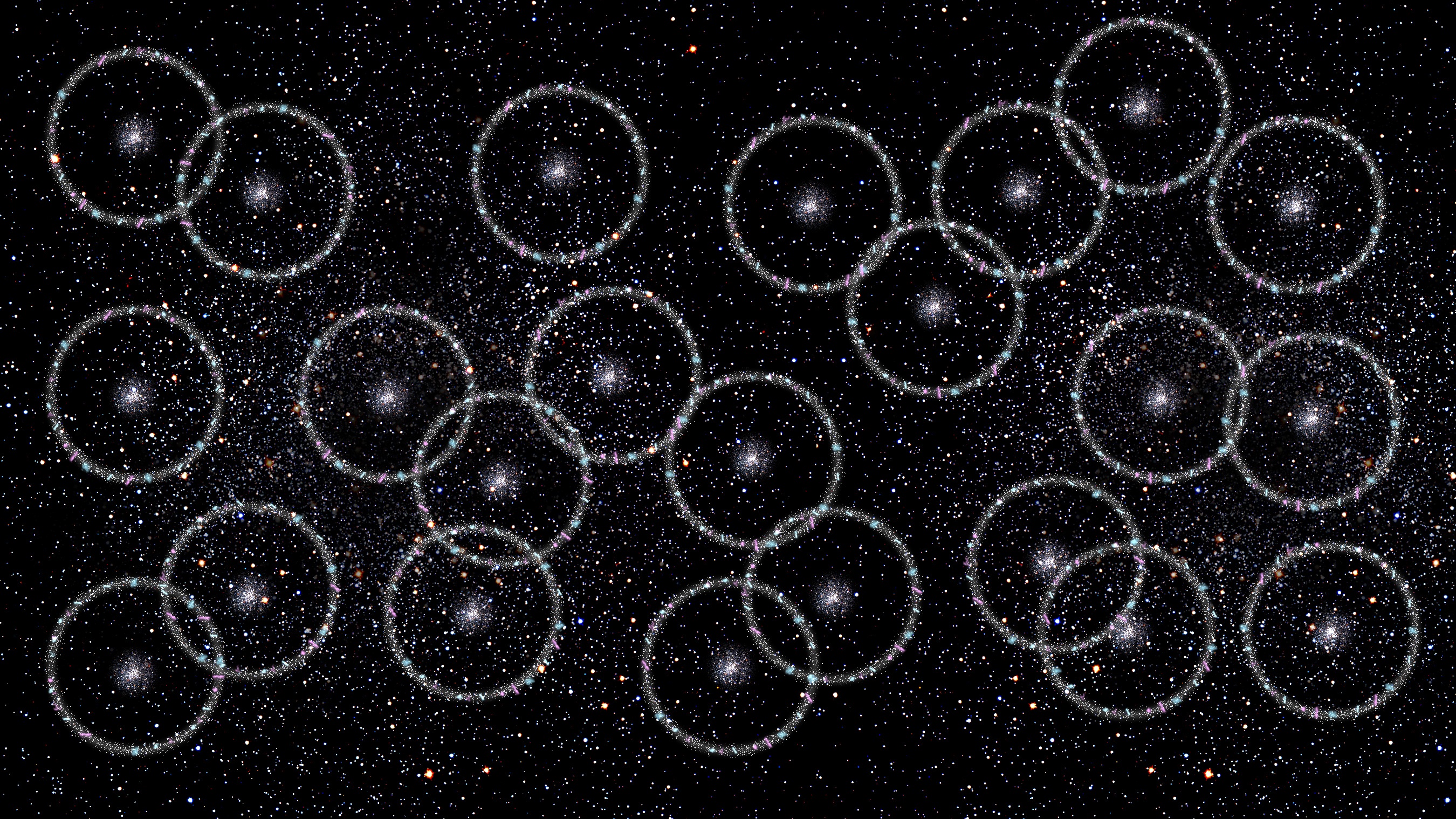Brain Injuries: What NICE doesn’t tell you

I’ve written a guest post over at Dean Burnett’s Guardian Science blog about an important piece of information that is not getting through to people who have had brain injuries. See you after the jump!
References:
Agha A. & Thompson C.J. (2005). High Risk of Hypogonadism After Traumatic Brain Injury: Clinical Implications, Pituitary, 8 (3-4) 245-249. DOI: 10.1007/s11102-005-3463-4
Ghigo E., Masel B., Aimaretti G., Léon-Carrión J., Casanueva F.F., Dominguez-Morales M.R., Elovic E., Perrone K., Stalla G. & Thompson C. & Consensus guidelines on screening for hypopituitarism following traumatic brain injury., Brain injury : [BI], PMID: 16195185
Leal-Cerro A., Rincón M.D. & Domingo M.P. [Neuroendocrine dysfunction and brain damage. A consensus statement]., Endocrinología y nutrición : órgano de la SociedadEspañola de Endocrinología y Nutrición, PMID: 19695511
Teasdale T.W. Suicide after traumatic brain injury: a population study, Journal of Neurology, Neurosurgery & Psychiatry, 71 (4) 436-440. DOI: 10.1136/jnnp.71.4.436
Thompson C. (2007). Traumatic brain injury-induced hypopituitarism: whom and when to test, Endocrine Abstracts, 9th European Congress of Endocrinology (14.S.1)
Zaben M., El Ghoul W. & Belli A. (2013). Post-traumatic head injury pituitary dysfunction, Disability and Rehabilitation, 35 (6) 522-525. DOI: 10.3109/09638288.2012.697252




